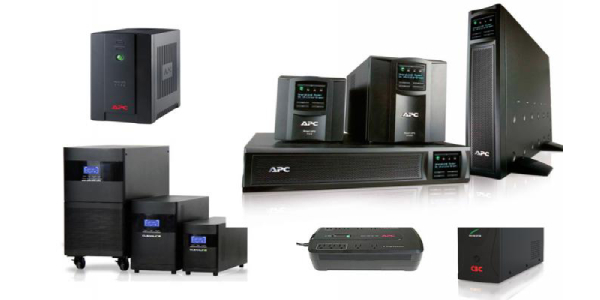 Advanced Technologies
Advanced Technologies
Eaton Has Been Developing Its Innovative Technical Solutions In The Power Protection Field Since Receiving Its First Patent In 1962. As A Technology Leader Eaton Meets The Customers’ Fast Growing Needs With Advanced Patented Technologies.
Eaton’s Three-Phase UPS Products Are Based On The Same Technical Platform, Including A Similar Internal Topology, Common Control Hardware And Algorithms, Standardised Communications Capabilities And A Common User-Interface.
Single Platform Benefits
- UPS units behave in a uniform way and carry similar features
- Product upgrades are easier as the process is identical
- Improved service capabilities due to usage of common spare parts and accessories across product families and
standard service tools - Similarity of service training and documentation guarantee that customers in all countries receive the same high
- level of service
Transformer-free Technology
The transformer-free technology used in Eaton UPSs with small and lightweight filter inductors, high performance IGBTs in both inverter and rectifier, and advanced control algorithms brings improved performance and value. Compared to legacy UPS topology designs, a transformer-free UPS is typically only 50% the weight and occupies just 60% the footprint. Low input THD (<5% at full load) and high input power factor (>0.99) are supported down to nearly 10% load without the need for anadditional input filter. In addition, full load efficiency can reach 94.5% and above.
- User Benefits
- High Efficiency up to 94.5%
- Less Weight
- Smaller Footprint
Powerware Hot Sync® Technology
The number one function of a UPS is to supply continuous conditioned, reliable electricity to critical loads. In the case of a single unit, reliability can be increased by modular design, where redundant internal modules can take over each others’ tasks, if one of the modules fails. To further increase reliability, a true parallel configuration can be employed, where two or more units share the load. A failed unit is isolated while the remaining ones continue to support the critical load. Competitive UPS products on the market utilise centralised or distributed load sharing technology with a Master-Slave principle, which introduces a risk of single point failure. The absolute reliability of a UPS system can be reached with patented Powerware Hot Sync® parallel load sharing technology.
Hot Sync technology is designed for parallel redundant N+1 systems to satisfy 24/7 applications. It can also be used in parallel capacity systems to benefit from scalability for customers’ ever-increasing load demands.
Hot Sync eliminates single point of failure, with the ability to nsynchronise and support critical loads independently of other UPS modules in the system. UPS modules can share loads without any communication wiring to the outside world. The secret here is a patented built-in digital signal processor (DSP) algorithm, running continuously in each unit. It drives the UPS outputs toward synchronisation and takes care of load sharing. If there is a common bypass available, it is used as validsynchronisation source for output. In the absence of common bypass, the processor makes subtle adjustment to the inverter frequency on the basis of output power level measurement inorder to find a common frequency and load balance among the units. There exists, as shown in Figure 2, a relationship between the power imbalance and the voltage phase difference.
Hot Sync technology allows full maintenance to be performed none-by-one on redundant UPS modules without an external maintenance bypass switch. The critical load does not need to be disconnected from the conditioned power. Scheduled or unscheduled maintenance can be perfomed with the load supported continuously by the UPS-grade clean power.
User Benefits
Available for both single and three-phase products to meet any mission-critical need up to 3.3 MVA (400V) systems
Easy and modular parallel UPS system upgrade with additional capacity or redundancy
Eliminates single point of failure
Read More: Source Transfer System
Leave a Reply